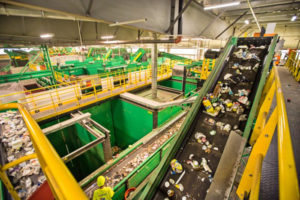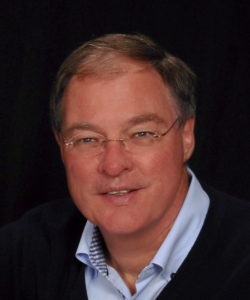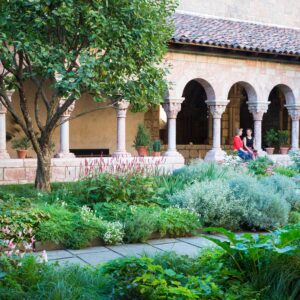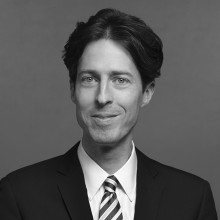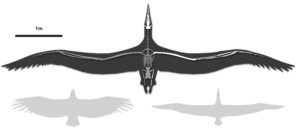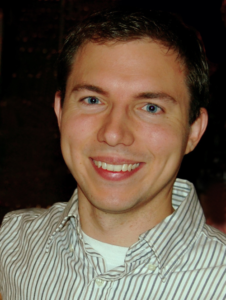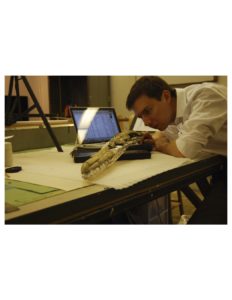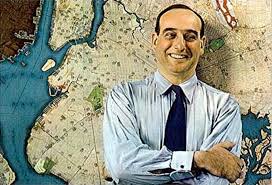Jayme Stevenson will update us on Darien’s plan to recover from the COVID-19 pandemic.
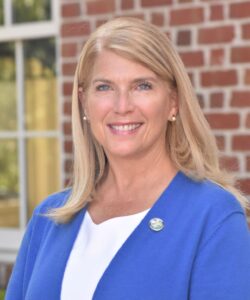 She has been first selectman since 2011 and has been a member of the Board of Selectmen since 2009. Jayme is vice-chair of the Western Connecticut Council of Governments, having served as chairman from 2017 until 2020, and has been chairman of the Southwestern Region Metropolitan Planning Organization since November, 2016. She is a board member and second vice-president of the Connecticut Conference of Municipalities, and board member and chairman of that organization’s municipal risk insurance agency, the Connecticut Inter-Local Risk Management Agency. Jayme has served on a variety of Darien nonprofit boards, including The Depot, the Darien Nature Center and the First Congregational Church Nursery School. She also was co-chair of the Parents’ Association for Royle Elementary School and co-president of the DHS Parents’ Association. She has been a member of the board of The Center for Sexual Assault and Crisis Counseling since 2017. Jayme and her husband have lived in Darien for 29 years and have five children and one grandchild. Her husband grew up in Darien and is a graduate of Darien High School.
She has been first selectman since 2011 and has been a member of the Board of Selectmen since 2009. Jayme is vice-chair of the Western Connecticut Council of Governments, having served as chairman from 2017 until 2020, and has been chairman of the Southwestern Region Metropolitan Planning Organization since November, 2016. She is a board member and second vice-president of the Connecticut Conference of Municipalities, and board member and chairman of that organization’s municipal risk insurance agency, the Connecticut Inter-Local Risk Management Agency. Jayme has served on a variety of Darien nonprofit boards, including The Depot, the Darien Nature Center and the First Congregational Church Nursery School. She also was co-chair of the Parents’ Association for Royle Elementary School and co-president of the DHS Parents’ Association. She has been a member of the board of The Center for Sexual Assault and Crisis Counseling since 2017. Jayme and her husband have lived in Darien for 29 years and have five children and one grandchild. Her husband grew up in Darien and is a graduate of Darien High School.
Arranged by Mike Heitz
Bryan Hooper’s notes from the talk:
Two important subjects are currently top of mind for Jayme Stevenson, First Selectman of Darien, and she reviewed the current situation on covid-19 and policing, and her plans for both areas going forward.
The first US death from Covid-19 was determined to be on February 6th in California, and the first case in Connecticut was diagnosed on 3/8/20 after the patient returned from a trip to California. By March 10th, Governor Lamont had shut down the State, and three days later the President declared a national state of emergency. By 6/17/20 the USA had recorded 2.1 million cases, comprising 25% out of a worldwide total of 8.3 million, and 120 thousand have died out of a worldwide total of 440 thousand. Connecticut has had about 44,000 cases resulting in over 4,200 deaths. Darien cases total 202 to date with 5 deaths. The main cohort affected has been the 40 to 69-year-old age group: the last recorded case in Darien was 5/29/20.
Due to good adherence to health regulations and recommendations over the past three months, Connecticut now has around only 200 patients hospitalized and lockdown restrictions are gradually being eased in a coordinated manner between state and local governments. In fact, 6/17/20 marked the introduction of phase 2 that allows for opening of non-essential businesses with some restrictive guidelines in effect. Jayme thanked Mike Heitz, Gary Banks, Bob McGroarty and Bert von Stuelpnagel for their help working with smaller businesses in town to cope with shutdown and the re-start.
The First Selectman also pointed out the progress made in providing testing facilities at Darien High School, ensuring assisted living facilities were included in enforcing healthy protocols, and announced the opening of a new testing facility around 7/4/20 that will administer tests for both covid-19 infection and antibodies to the virus. Phase 3 of the re-opening of the State is scheduled for mid-July to open more establishments (including bars), but is conditional on continued progress being made with the earlier relief phases. The details of school openings remain unclear at this point and are dependent on improvements being maintained. Overall, vigilance is essential to monitor the situation and react appropriately.
Jayme was very positive on the policing front. She stated that Darien has a zero-tolerance policy for bad policing. The town administrators and the police department have already identified and implemented a number of best practices over time. As a result, they are regarded as being leaders in effective policing oriented to more tolerance and understanding of different cultures. Jayme’s future approach is to continue listening to ensure problems can be treated pre-emptively and to partner with the YWCA, religious communities and other interested parties to address racial inequalities.


